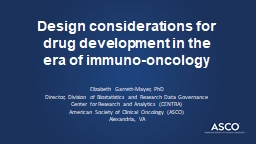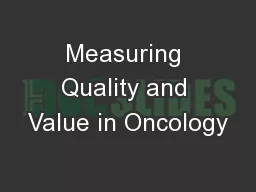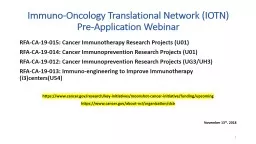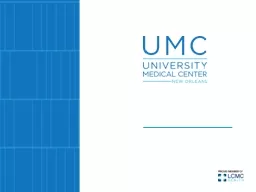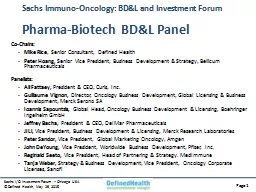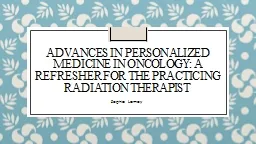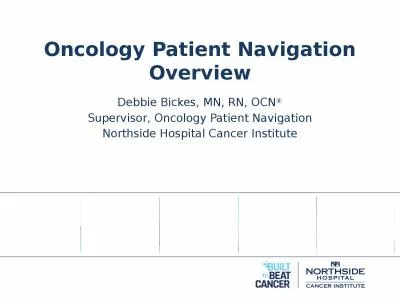PPT-Design considerations for drug development in the era of immuno-oncology
Author : isabella | Published Date : 2023-10-27
Elizabeth GarrettMayer PhD Director Division of Biostatistics and Research Data Governance Center for Research and Analytics CENTRA American Society of Clinical
Presentation Embed Code
Download Presentation
Download Presentation The PPT/PDF document "Design considerations for drug developme..." is the property of its rightful owner. Permission is granted to download and print the materials on this website for personal, non-commercial use only, and to display it on your personal computer provided you do not modify the materials and that you retain all copyright notices contained in the materials. By downloading content from our website, you accept the terms of this agreement.
Design considerations for drug development in the era of immuno-oncology: Transcript
Download Rules Of Document
"Design considerations for drug development in the era of immuno-oncology"The content belongs to its owner. You may download and print it for personal use, without modification, and keep all copyright notices. By downloading, you agree to these terms.
Related Documents

